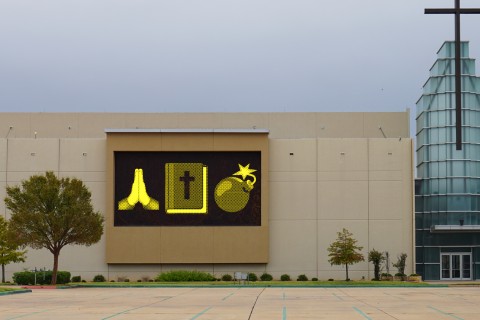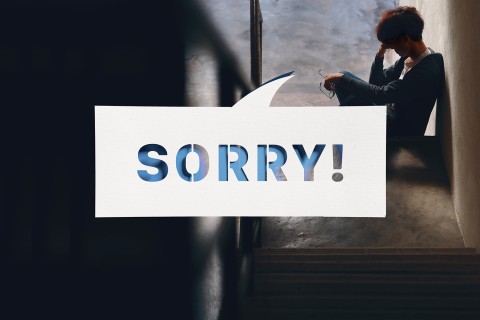Is religious intensity in the U.S. declining? Sociologists disagree
At the heart of the debate is a question: Is American religion exceptional?
The United States is more religious than Europe, almost everyone agrees.
Two-thirds of U.S. Christians pray daily, compared with a median figure of just 18 percent of Christians across 15 countries in Europe, to cite one recent survey.
But sociologists disagree about whether the intense religious devotion that has long characterized a segment of the United States is impervious to the trends in Europe, where all the markers of faith have dramatically slipped over the past few decades.





